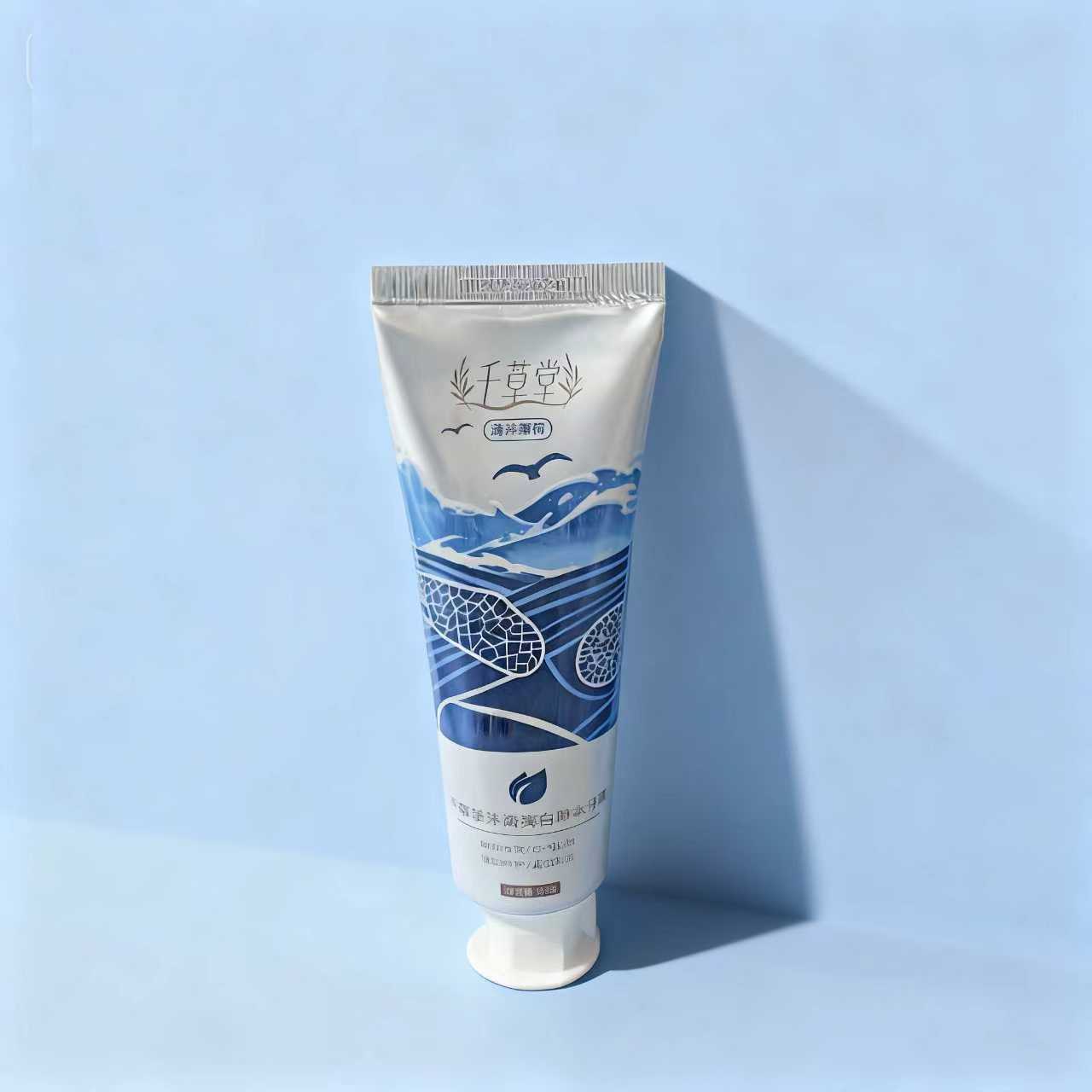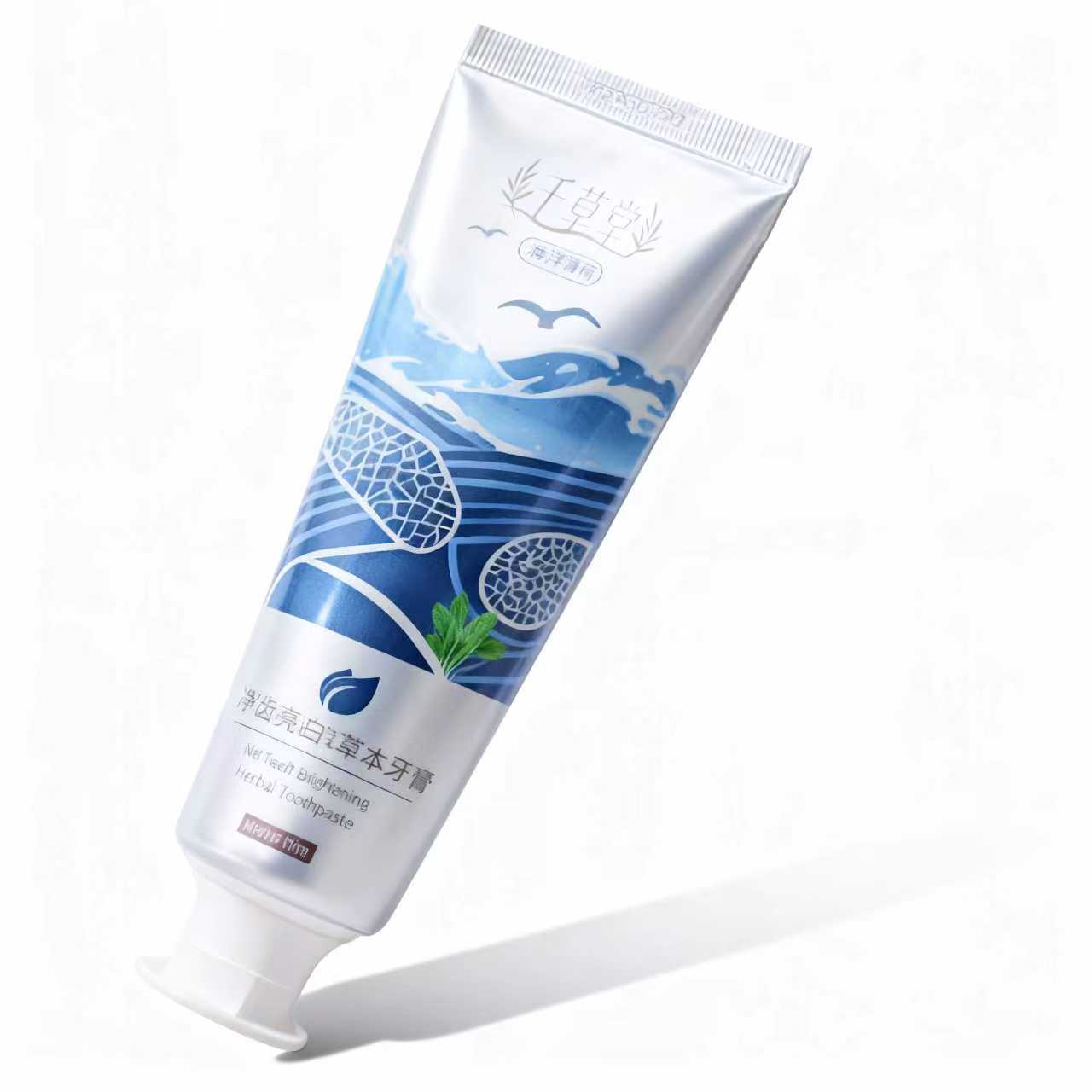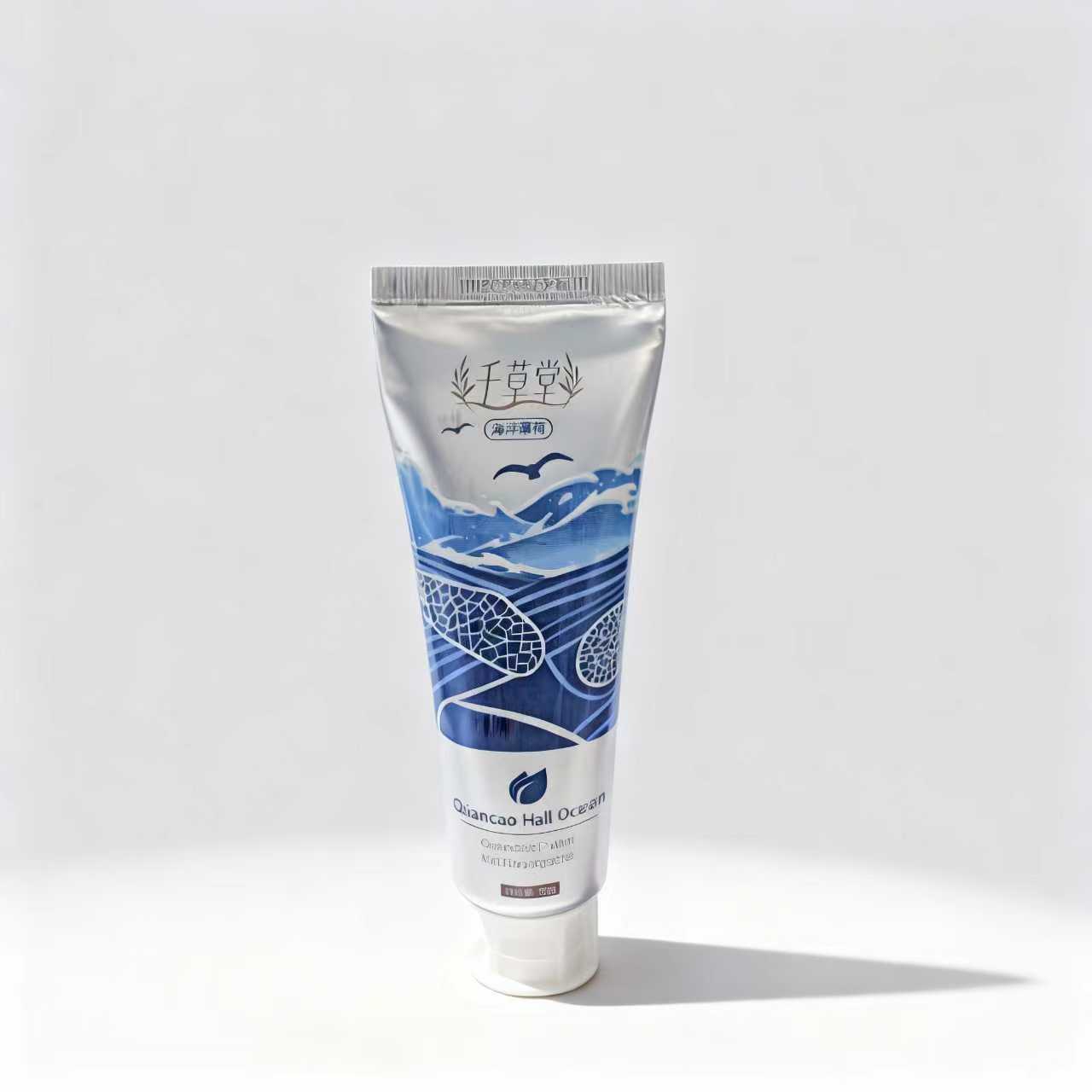
Fleas and Ticks? How Diatomaceous Earth Can Help Your Pets Safely
Discover the truth about using diatomaceous earth for pets in this comprehensive guide. Learn how it works, why it's considered safe for pets when used properly, and how to apply it for flea and tick control without compromising your pet’s health.
As pet owners increasingly seek natural alternatives for their furry companions' health and pest control, diatomaceous earth (DE) has emerged as a popular option. This naturally occurring substance, derived from fossilized algae, offers various benefits when used appropriately. However, understanding its proper application and potential risks is crucial to ensure the safety and well-being of pets.
What is Diatomaceous Earth?
Diatomaceous earth is a soft, siliceous sedimentary rock composed of the fossilized remains of diatoms, a type of hard-shelled microalgae. Over millions of years, these microscopic organisms accumulated in freshwater and marine environments, forming deposits that are mined and processed into a fine, white to off-white powder. The primary component of DE is silica, which gives it abrasive and absorbent properties.
There are two main types of DE:
- Food-grade DE: This type is processed to meet safety standards for consumption and is commonly used in agriculture and as a dietary supplement for humans and animals.
- Filter-grade (non-food-grade) DE: Primarily used in industrial applications, such as pool filtration, this type contains higher levels of crystalline silica and is not safe for consumption.
The unique structure of DE makes it effective in various applications, including pest control, filtration, and as a mild abrasive in products like toothpaste.
Benefits of Diatomaceous Earth for Pets
1. Natural Pest Control
DE is widely recognized for its ability to control pests like fleas, ticks, mites, and lice. When applied to areas where these pests reside, DE's abrasive particles damage their exoskeletons, leading to dehydration and death. This mechanical method of pest control reduces reliance on chemical pesticides.
However, it's important to note that DE is effective against adult insects but does not affect eggs or larvae. Therefore, repeated applications may be necessary to break the life cycle of pests.
2. Internal Parasite Management
Some pet owners use food-grade DE as a natural dewormer, aiming to eliminate internal parasites like roundworms and hookworms. The theory is that DE can damage the outer membranes of these parasites, leading to their death. However, scientific evidence supporting this use is limited, and it's essential to consult a veterinarian before administering DE internally.
3. Odor Control
DE's absorbent properties make it effective in controlling odors in pet bedding and litter boxes. By absorbing moisture, it helps reduce the growth of odor-causing bacteria, keeping pet areas fresher.
4. Nutritional Supplement
Food-grade DE contains trace minerals such as magnesium, calcium, and iron. Some believe that adding DE to a pet's diet can improve coat condition, support joint health, and enhance overall vitality. However, more research is needed to confirm these benefits.

Safety Considerations: Is Diatomaceous Earth Safe for Pets?
While food-grade DE is generally considered safe for pets, certain precautions are necessary:
- Avoid Inhalation: DE is a fine powder that can irritate the respiratory system if inhaled. When applying DE, ensure the area is well-ventilated, and avoid creating dust clouds. Inhalation of DE can lead to coughing, sneezing, or more severe respiratory problems, particularly in pets with pre-existing conditions.
- Prevent Contact with Eyes and Mucous Membranes: DE can cause irritation if it comes into contact with the eyes or mucous membranes. Apply carefully to avoid these areas.
- Monitor Skin Reactions: Some pets may experience skin dryness or irritation upon contact with DE. If such reactions occur, discontinue use and consult a veterinarian. The abrasive nature of DE can also cause eye and skin irritation with prolonged or repeated exposure.
- Use Only Food-Grade DE: Ensure that the DE used is labeled as food-grade. Filter-grade DE contains higher levels of crystalline silica, which can be harmful if ingested or inhaled. Always choose high-quality, food-grade DE from reputable sources.
How to Use Diatomaceous Earth for Pets
External Application:
1.Flea and Tick Control:
Application: Lightly dust your pet's coat with food-grade DE, avoiding the eyes, nose, and mouth. Gently rub the powder into the fur.
Frequency: Apply every few days during flea and tick season. After a few days, bathe your pet to remove the DE.
Precautions: Apply DE in a well-ventilated area and avoid creating dust clouds. Ensure pets are not present during application to prevent inhalation. Allow the dust to settle before allowing pets back into the area.
2.Home Environment:
Application: Sprinkle DE on carpets, pet bedding, and other areas where pests may reside. Leave it for 24–48 hours before vacuuming.
Precautions: Ensure pets are not present during application to prevent inhalation. Allow the dust to settle before allowing pets back into the area.
Internal Use:
Dosage:
- Small dogs and cats: ½ teaspoon per day
- Medium dogs (25–50 lbs): 1 teaspoon per day
- Large dogs (50+ lbs): 1 tablespoon per day
- Administration: Mix the appropriate dose of food-grade DE into your pet's food. Ensure it's thoroughly combined to minimize inhalation risk.
- Consultation: Always consult a veterinarian before starting internal DE use, especially for pets with existing health conditions. While some believe DE can help eliminate internal parasites, scientific evidence supporting this use is limited.
Potential Risks and Side Effects
While DE is natural, it is not without potential risks:
Respiratory Issues: Inhalation of DE can lead to coughing, sneezing, or more severe respiratory problems, particularly in pets with pre-existing conditions.
Skin Irritation: Prolonged contact may cause dryness or irritation. Monitor your pet's skin and discontinue use if adverse reactions occur. The abrasive nature of DE can also cause eye and skin irritation with prolonged or repeated exposure.
Digestive Upset: Ingesting large amounts of DE may lead to gastrointestinal issues such as vomiting or diarrhea. Start with small doses and monitor your pet's response. Some pets may experience constipation or stomach upset when first introduced to DE.

Conclusion
Diatomaceous earth can be a valuable tool in natural pet care when used correctly. Its ability to control pests and potential benefits in managing internal parasites make it an attractive option for many pet owners. However, it's essential to use food-grade DE, follow proper application methods, and consult with a veterinarian to ensure the safety and health of your pet.




